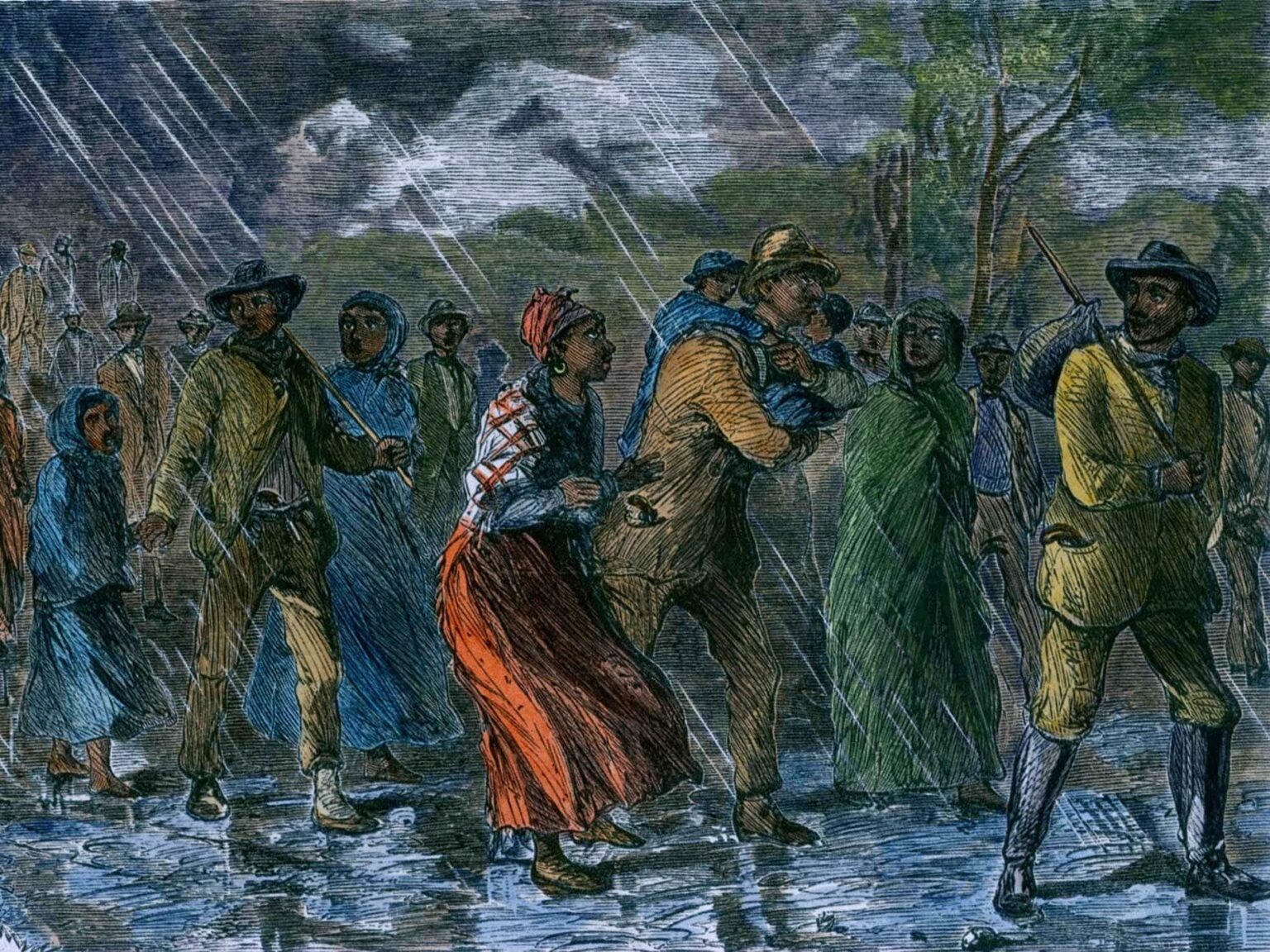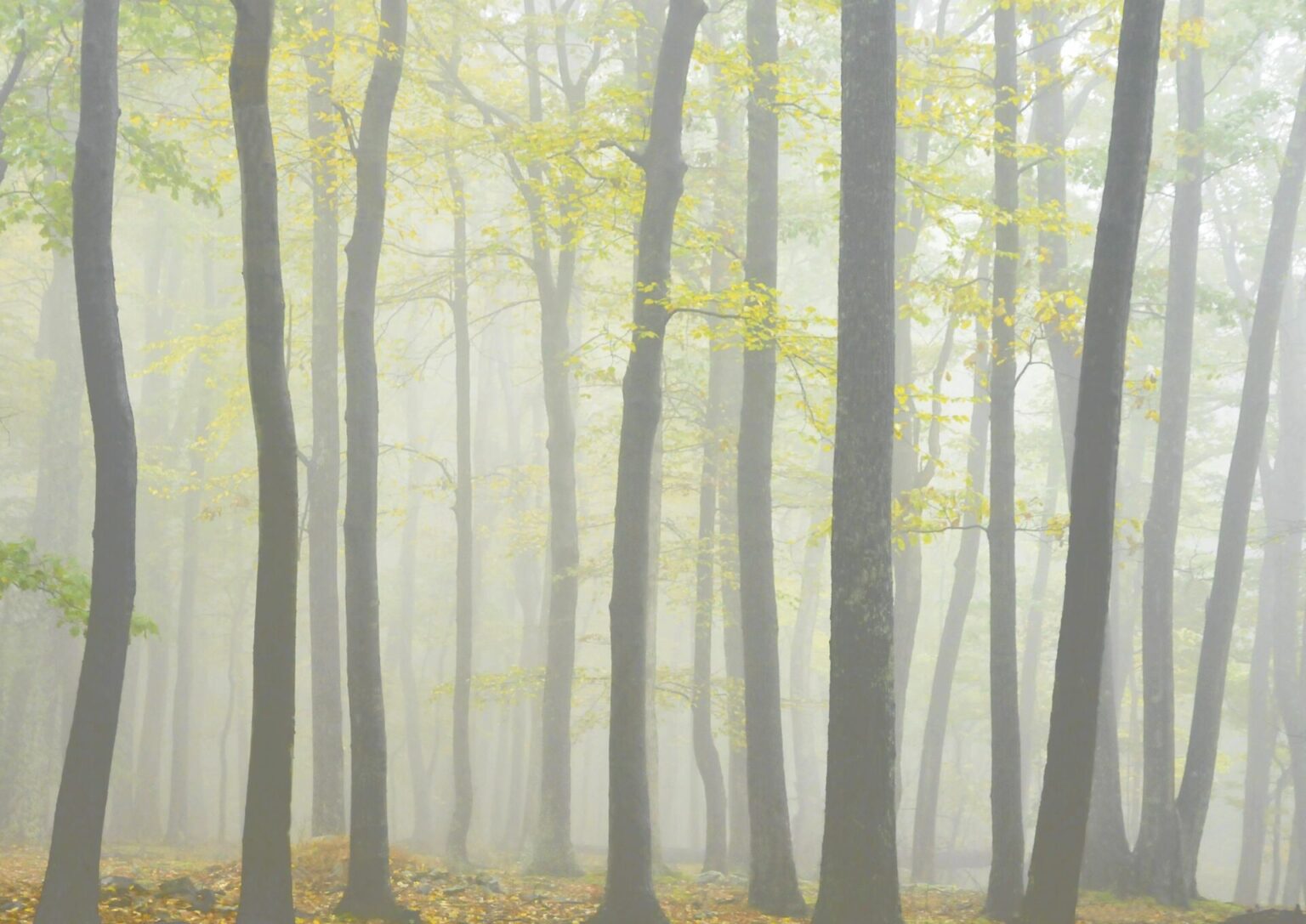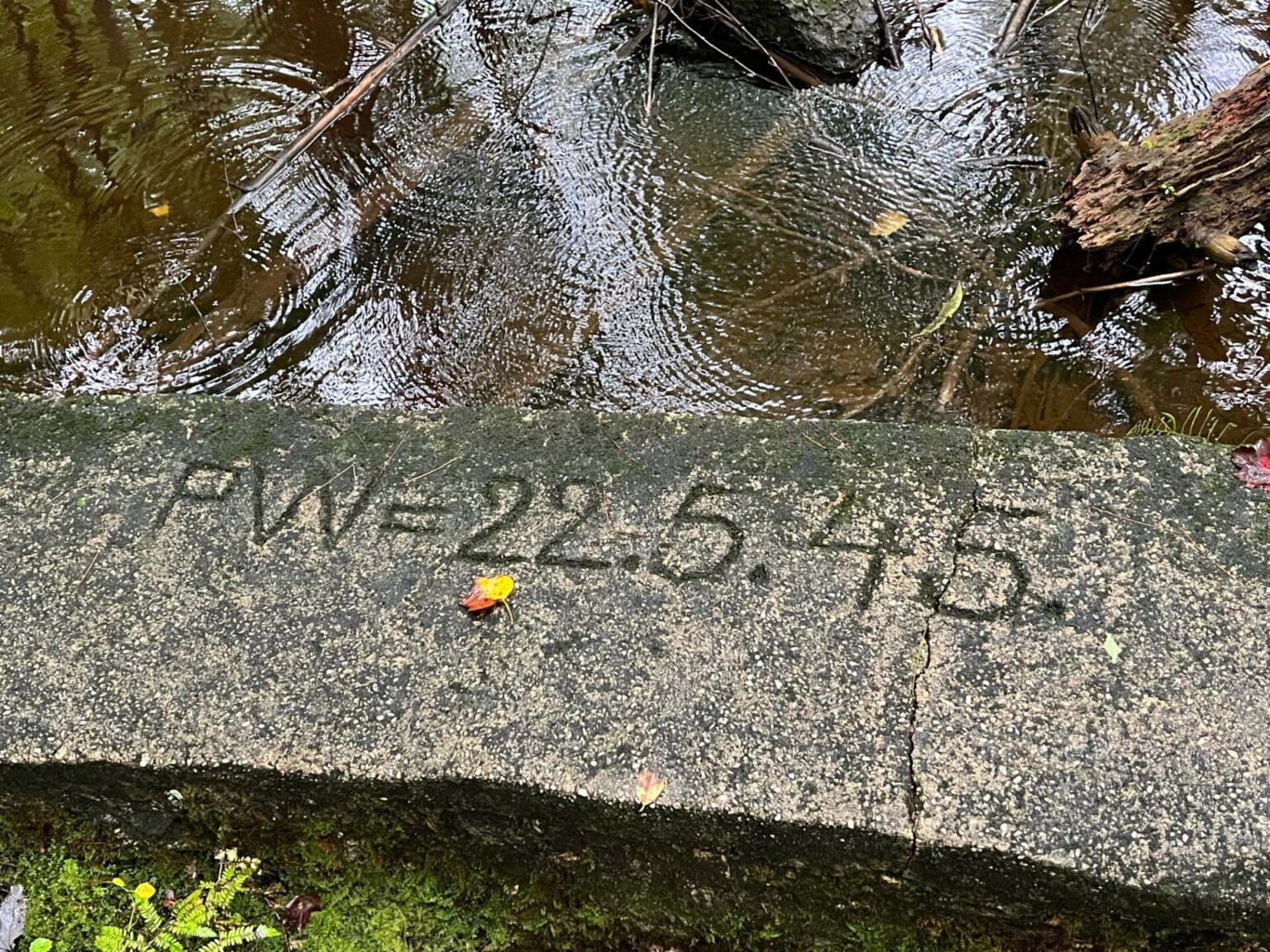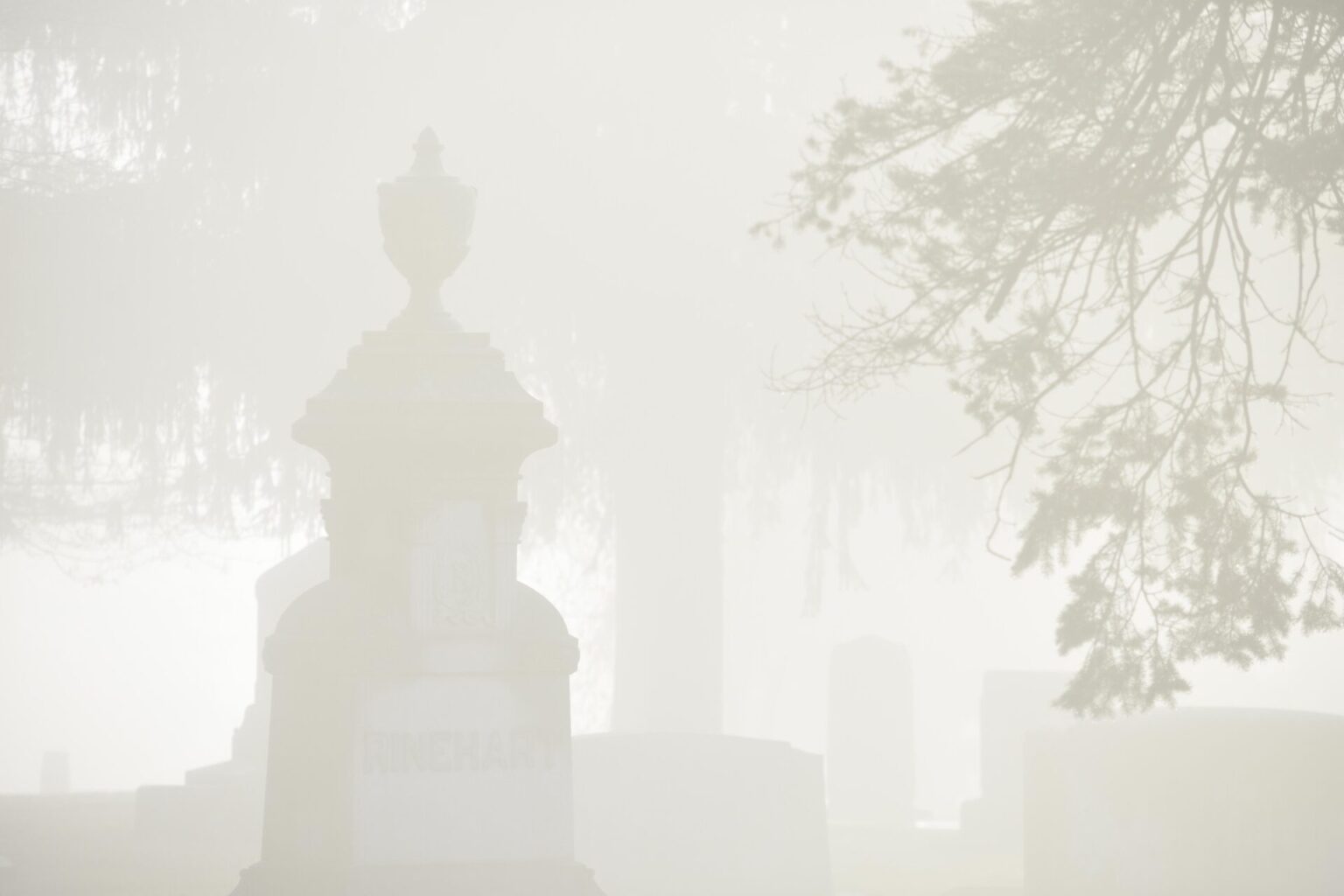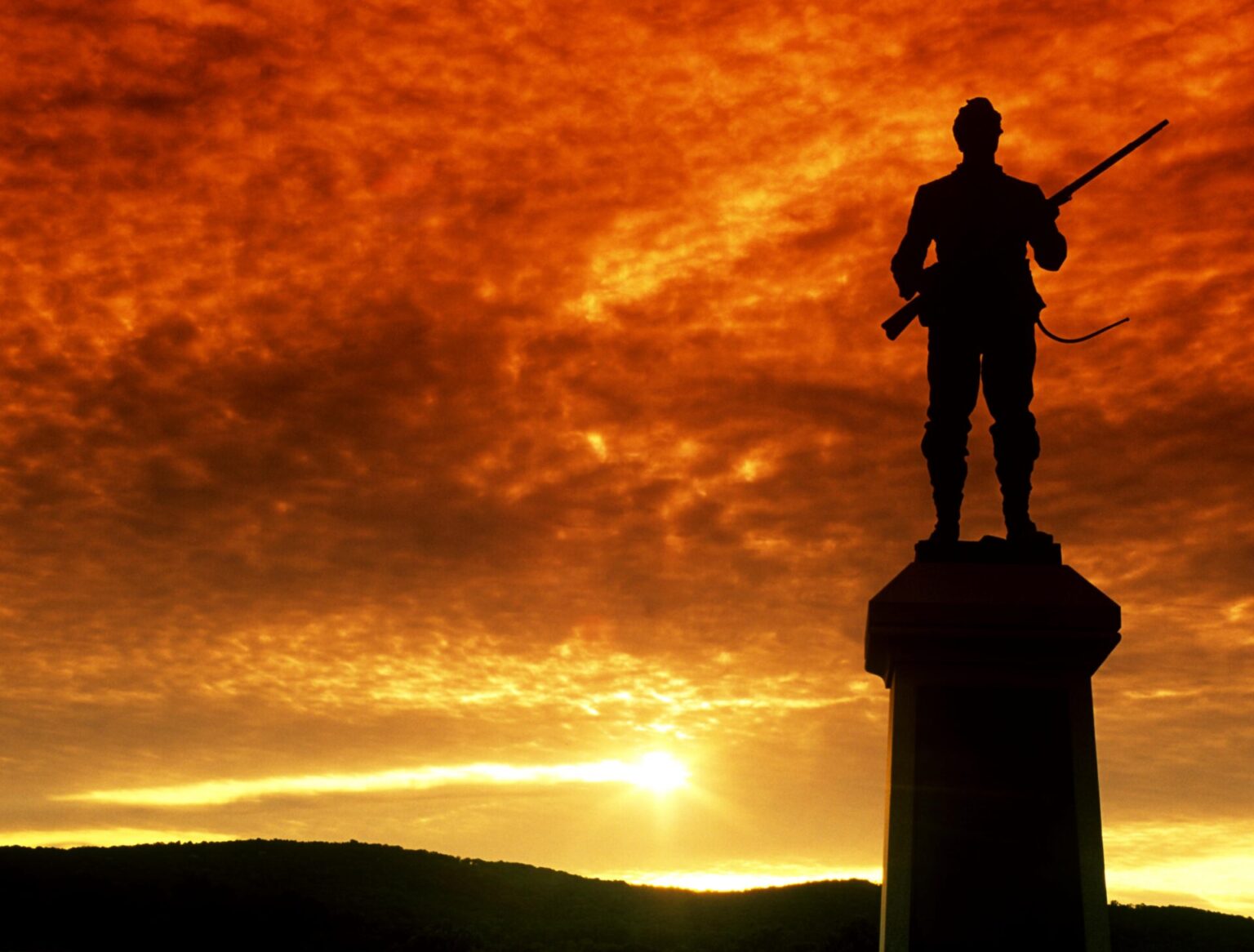In 1839, a newspaper reported on an escaping slave who hoped to reach freedom on a train to Boston. When that outed “fugitive” vanished from public view, a frustrated slave-catcher reportedly quipped: “There must be an underground railroad somewhere”. That transportation reference was eventually adopted by a historic humanitarian operation. Before slavery was outlawed, up to 100,000 enslaved Americans traveled to freedom on the legendary Underground Railroad- at deadly risk to themselves and the people who helped them. The movement to free enslaved people utilized railroad terminology to facilitate their missions. Freedom seekers were called passengers and their guides were…
Author: Robb Helfrick
When Rello Oller was born in Victorian-era Waynesboro, she was christened with a unique name. At first glance, her palindromic moniker (Rello is Oller spelled backward) seems playful and light-hearted. But with that name, Rello’s parents, Joseph and Myrtle Oller, may also have taught their first-born an important early lesson: to always remember the values represented by that Oller family name. During nearly a century of living, Rello embodied the civic-minded and benevolent Oller ideals. When she died in 1992, she became the third Waynesboro woman to bequeath a significant local historic property. She donated her lifelong home, the Oller…
Pennsylvania has a forest planted inside its state name. This sylvan reference is fitting, since at its inception “Penn’s Woods” was a 29-million-acre territory covered 99% by forests. Sadly, that natural blessing was in danger of being destroyed by 1900. Reckless industries and unchecked growth left behind rampant deforestation, making some areas resemble deserts more than woodlands. But thanks to one man, and many who adopted his visionary ideals, that destructive tide was turned. In south-central Pennsylvania, one town became an important training ground and laboratory for the sustainable forestry movement. That place is Mont Alto. Originally called Funkstown, then…
Franklin County voters took part in Pennsylvania’s 2023 Municipal Election on Tuesday, November 7th. When it was over, 95 statewide, county, and local races were decided. In this odd-year election, voter turnout was 30% (29,806 ballots cast) according to the Franklin County Board of Elections. At this writing, the results listed on the Franklin County website are still deemed unofficial, but state that 100% of 73 total precincts have reported. Locally, Republican candidates won big, while in statewide contests, Democrats prevailed. In the statewide judicial contests, voters elected four new judges to serve at the Supreme Court, Superior Court, and…
When World War II’s history is contemplated, most minds travel back in time to the Pacific theatre or battlefields in Europe. But on rare occasions, past world events weave their way into local landscapes. Relics can be discovered in Pennsylvania; hints from tumultuous war years between the Pearl Harbor attack in 1941 and the first atomic bomb blast in 1945. The Pine Grove Furnace Prisoner of War (POW) Camp in Cumberland County is a place to re-examine that history. This military installation was once utilized to interrogate German and Japanese prisoners between 1943 and 1945, one of three such secret…
Franklin County votes on November 7th as part of Pennsylvania’s 2023 election. Most races will feature local candidates (three statewide judicial positions are also on the ballot) and voters in boroughs and townships will elect positions ranging from town council members, to school board directors, to auditors, to Magisterial Judges. In Chambersburg, the seat of Franklin County government, five Wards will select Borough Council members. Ward 4 elects separate members for both two and four-year terms. Voters will choose one candidate each for their respective Wards. The Chambersburg School District will elect their Board of Directors in Regions 2,5,7,8, and…
On Tuesday, November 7th, Franklin County will participate in Pennsylvania’s Municipal Election. Three statewide judicial offices will be decided, but a majority of ballot contests will feature local and county office-seekers. For Franklin’s current eight electable county offices (The Treasurer’s office is not elected this year), four are being contested between Democratic and Republican candidates. Four other county candidates will run unopposed; all are Republicans. Within Franklin County’s population of 156,289 residents, 98,165 are registered voters. Republicans hold a long-standing majority among these voters, with 62% registered in their favor. Democrats have a 24% voter affiliation and Independents earn an…
Pennsylvania’s Municipal Election takes place on Tuesday, November 7th. In this odd-year election, the 2023 slate of races will be contested primarily on a local and county level. Franklin County’s 73 polling places will open November 7 at 7 a.m. and close at 8 p.m. Any voter in line by 8 p.m. will be allowed to vote. All registered voters are eligible to vote in this election, regardless of party affiliation. For anyone voting in an election district for the first time, an approved form of identification (photo or non-photo) will be required. No other voters will be asked to…
Tombstones that linger atop human remains are designed to remember distinct lives. But cemetery’s above-ground sentinels belong to the living. These Monuments and memorials serve as historic markers, highlighting traditions and customs that lived during past eras. Made from granite, metal, and marble, these tombstones reflect ever-changing trends in architecture, social status, and the difficult practice of grief. Green Hill Cemetery is a lovely 65-acre Waynesboro time capsule that celebrated its 150th anniversary in 2023. Laid out on a rolling landscape at the former Shank’s Woods, this park-like property contains over 16,000 interments. While there are thousands of stories here,…
During America’s infancy, war was both an inevitable and too-common occurrence. The Revolutionary War was required to win independence, the War of 1812 fought to remind Britain that the United States remained a sovereign nation. With a clear-cut national enemy, America’s citizens rallied behind the flag and honored the service of its military. Early journalists and artists helped foster that sense of unity and national pride. But media from that era often created visual and written works that sometimes romanticized the causes or downplayed the realities of war. America’s earliest military leaders benefited from those nationalistic efforts. Courageous George Washington…



